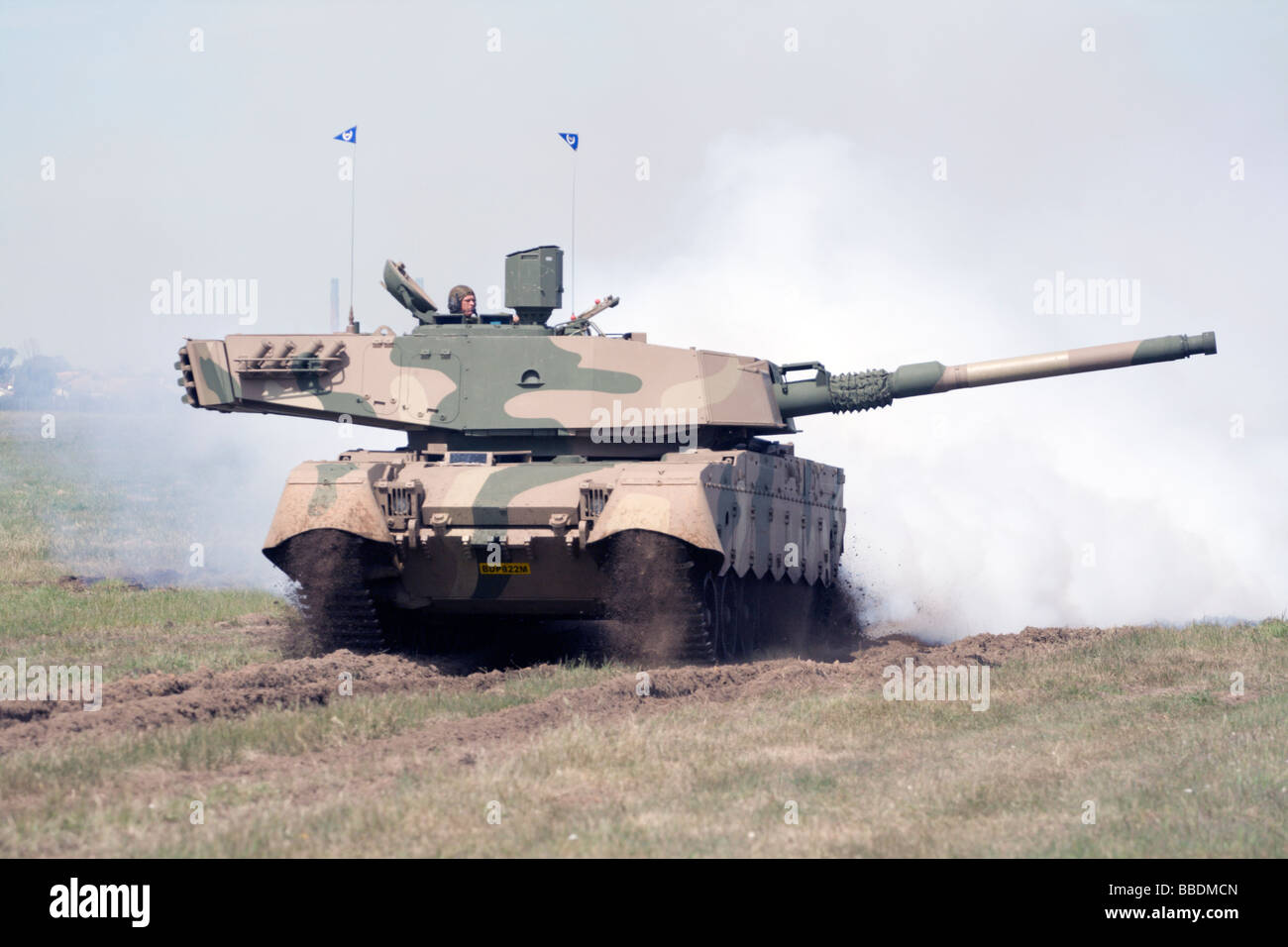

Some men and vehicles would escape to take a part in the fight for Bastogne, although some of Colonel Booth's command took six days of dodging the enemy before they reached the American lines. During the night of 18 December the three small task forces of CCR, 9th Armored Division, which Middleton had ordered Colonel Gilbreth to position on and overwatching the Allerborn-Bastogne road (N 12), were cut to pieces.

The battles already described were now coming to a close on the roads, in the villages, and through the woods east of the town as the 101st was taking its stance. Hindsight, of course, bestows a view of the American and German dispositions at 0600, when the 101st advance guard marched out, which was denied Ewell and the corps and division staffs in Bastogne. His officers to "take it easy," avoid commitment to an action which would involve their whole force, and deploy to right and left as soon as they hit resistance so that they would not be easily cut off and surrounded. Ewell knew that this was no time to engage in the all-out, full-bodied assault tactics to which the paratroopers were accustomed. McAuliffe's order, then, was for Ewell to move out at 0600, attack eastward, and develop the situation.Īt the appointed hour on 19 December Ewell's 501st Parachute Infantry marched out of the assembly area in column of battalions.

McAuliffe agreed, as did Middleton, but the latter still hoped that the roadblock defenders at Allerborn, eight miles to the east on the Bastogne road, would somehow survive until the 501st reached them. In view of the uncertain situation, he suggested that he be given "mission-type orders" which would permit his 501st Parachute Infantry some flexibility of action. Ewell, however, was interested in the red-penciled lines and circles which showed the enemy between Bastogne and the armored roadblocks. General Middleton told Ewell that his job would be to make contact with these endangered forward posts. The map spread out before Ewell showed a few blue-penciled marks east of Bastogne where the American armored groups were believed to be fighting at their original roadblock positions. ( Map VI) During the night of the 18th the two commanders met in the VIII Corps command post to confer on the uncertain tactical situation and to give Colonel Ewell, whose regiment would first be committed, his instructions. The one standing order that General Middleton gave General McAuliffe before leaving Bastogne on the morning of 19 December was: "Hold Bastogne." * Both generals felt that the enemy needed Bastogne and the entrance it afforded to a wider complex of roads leading west. Chapter 19-THE ARDENNES: BATTLE OF THE BULGE


 0 kommentar(er)
0 kommentar(er)
